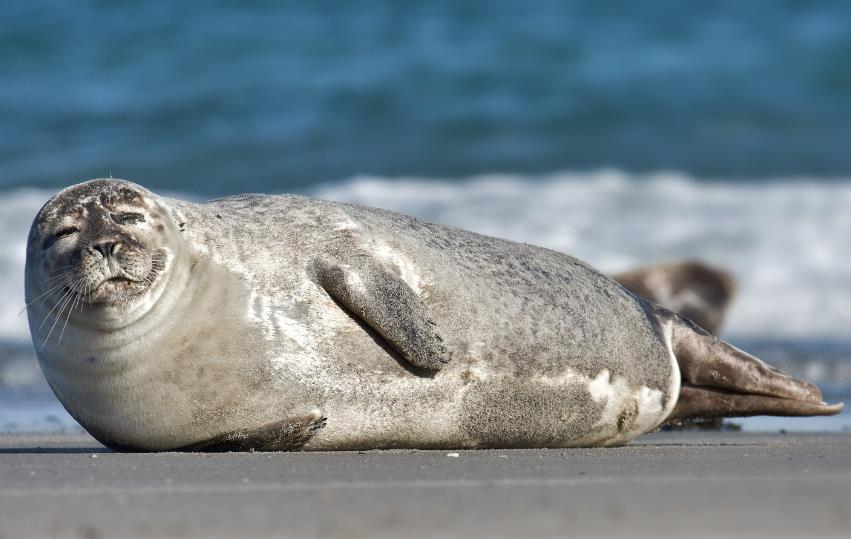Eels are a mysterious and ancient fish that have long attracted the attention of scientists and the aquaculture industry. They are not only a delicacy in many delicacies, but also an important part of the aquatic ecosystem. So, what animal did the eel come from, and how did it evolve? This article will explore the origin of the eel and its evolution.
1. Classification and species introduction of eels
Eels belong to the order Anguilliformes in the class Actinopterygii and are significantly different from other fish in biological classification. There are many species, the most common ones are the Japanese eel (Anguilla japonica), the European eel (Anguilla anguilla) and the American eel (Anguilla rostrata). They are slender, snake-like in appearance and spend most of their time in freshwater or coastal areas, but their reproductive behavior is extremely special.
2. Eel evolutionary origins
Eel Evolution can be traced back to the Mesozoic Era more than 200 million years ago. The earliest eel-like animals may have evolved from shallow marine environments. Eels and their close relatives such as conger eels and moray eels share a common ancestor, most of which live in warm In the shallow sea.
According to scientific research, the body shape and living habits of eels have been constantly adapting to changes in the environment during the long process of evolution. The snake-like body of eels is one of the keys to their evolution, which helps them survive in narrow environments. It is easy to move in the seabed and is also conducive to hiding or foraging in the mud and sand on the seabed.
3. Eel life cycle and migration
The life cycle of eels is the product of their unique evolution. Eels are catadromous, which means they live in freshwater but lay their eggs in the ocean. Most eels migrate to distant seas to reproduce. Take the Japanese eel, for example. Adult eels swim to the Mariana Trench near the Philippines to spawn, while young eels swim downstream and return to fresh water to grow.
This complex migration behavior shows that the evolution of eels not only reflects Its morphology and adaptability also involve its unique life cycle and reproductive behavior. This pattern may be an adaptation to long-term marine environmental changes.
4. The Mystery of Eel Reproduction
The reproduction of eels has always been a puzzle for the scientific community. For a long time, people have been unable to determine the exact location and method of their spawning. Until the early 20th century, By tracking the path of eel larvae, scientists discovered that the eel's spawning area is located in the deep sea of the Mariana Trench. This long-distance spawning behavior is a significant feature of eels that is different from other fish. .
In addition, the larvae of eels (willow eels) experience a long period of drifting in the ocean and finally return to rivers or coastal areas. This reproduction method and the complexity of the life cycle may be An adaptation of eels to environmental pressure and predators during their evolution.
5. The evolutionary significance of eels
The evolution of eels not only demonstrates the diversity of life, but also This provides important clues to our understanding of how fish respond to environmental changes. Eels live at the interface between freshwater and seawater, and their migration and reproduction patterns reflect their dependence on and adaptation to different habitats during evolution. By studying the genes, body structure and living habits of eels, scientists can better understand the fish The evolution of eels is a complex and mysterious process. Through in-depth research on eel classification, origin, life cycle and reproductive behavior, , we can better understand the uniqueness of this mysterious fish. With the advancement of science and technology, we may uncover more mysteries about the evolution of eels in the future, and provide more guidance and guidance for aquaculture and ecological protection. Revelation.









